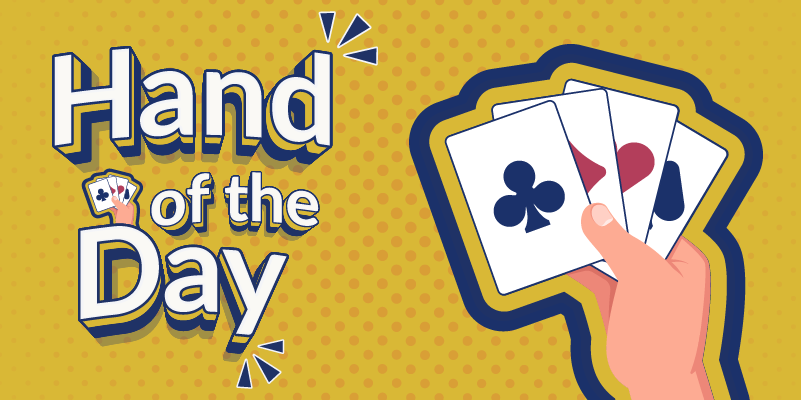



The Aces On Bridge by Bobby Wolff
Occasionally a deal crops up that causes even the best players to have a blind spot. This one caught out world champion Norberto Bocchi.
Opening Lead: ♦7
First cover up the East and West hands and consider declarer’s problem. South declares four spades, and West leads the diamond seven to the 10 and king. Declarer plays the king and ace of trumps, finding that West started with Q-J-9. How should he continue?
What happened at the table was that declarer played his other two top diamonds and then led a low club. However, this allowed West to win with the king, cash the spade queen, and play the diamond nine, forcing declarer to ruff in hand with his last trump. Declarer could now play a club to dummy’s queen, but couldn’t get back to hand to cash the club ace. When the heart ace was wrong, he had to go down.
Can you see where he went wrong? After the spade king and ace, he should have played a club immediately. This does not give up on any of his chances since, once trumps fail to break, he needs either the club king or heart ace to be right. Now West again wins the club king, cashes the spade queen, and plays a diamond, but this time declarer can win, play a club to the queen, a diamond back to his hand, and the club ace, discarding a heart from dummy. A club ruff followed by a diamond ruff sees him home.
Bid with the aces
Answer: 2♠
It is primarily a matter of partnership agreement as to how to continue over reverses. A simple way is to play that responder’s rebid of his own suit is forcing for one round but not to game, while all direct three-level bids are game-forcing. Responder uses a bid of two no-trump as weak, without five cards in his initial suit. Using these methods, South can bid two spades happily enough.
This Hand of the Day was originally published on aces.bridgeblogging.com.




2 Nt